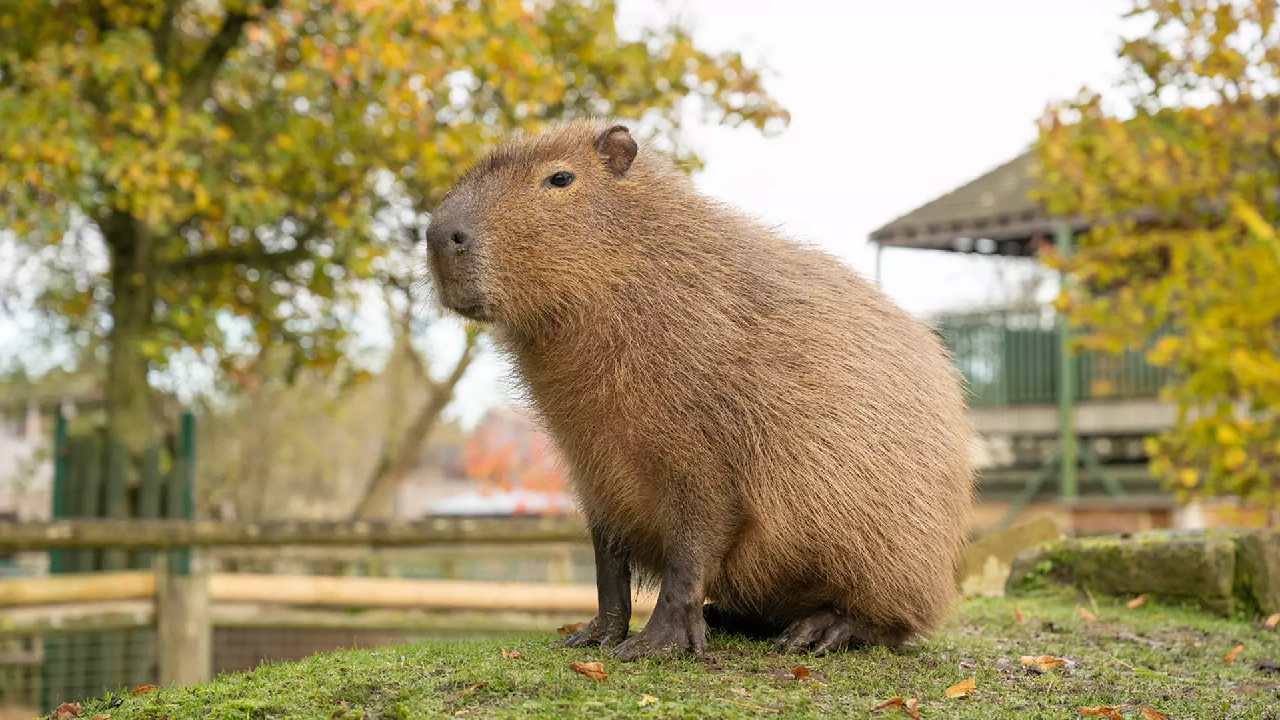London Zoo has become home to two charismatic capybaras named Gizmo and Kiwi, giving visitors a rare chance to see the world’s largest rodents up close during the May half-term break.
The pair are enjoying a temporary summer stay in the capital while their permanent habitat is being prepared at ZSL Whipsnade Zoo in Bedfordshire.
“Gizmo and Kiwi are a really charismatic pair, and we’re really enjoying getting to know them and their preferences and quirks,” said zookeeper Jessica Lawrance.
These South American natives have become internet sensations in recent years, known for their laid-back personality and unique characteristics. Standing alongside another popular resident, Amara the pygmy hippo, zoo staff expect the new arrivals to draw significant crowds.
Giant Rodents with Unique Habits
Capybaras are the world’s largest living rodents and are closely related to guinea pigs, though significantly larger. These semi-aquatic mammals have several adaptations that help them thrive in watery environments.
Their eyes, ears, and nostrils sit high on their heads, allowing them to remain almost completely submerged while still being able to see, hear, and breathe. Their partially webbed feet make them excellent swimmers.
“We can’t wait to see the joy on people’s faces when they meet Gizmo and Kiwi this May half term – we expect they’ll spend a lot of time splashing around outside,” Lawrance added.
Like other rodents, capybaras’ teeth grow continuously throughout their lives. They wear them down by grazing on grasses and aquatic plants. They also practice coprophagy – eating their own feces – which gives them a second chance to digest tough plant matter and extract maximum nutrients.
Similar Posts
Conservation Ambassadors
While capybaras are currently listed as “Least Concern” on the IUCN Red List, their presence at London Zoo serves an important purpose beyond entertainment.
“Capybaras have captured the hearts and imaginations of so many people, so to have them here at London Zoo – albeit for a short stay before they move to their permanent home at Whipsnade – will have a huge impact on turning our visitors into conservationists,” explained Lawrance.

In the wild, capybaras live in social groups of up to 40 individuals, sometimes forming larger gatherings during dry seasons when water sources become limited. They communicate through various sounds to maintain their complex social networks.
London Zoo has a long history of introducing rare animals to the British public. In 1850, the arrival of Obaysch the hippo caused a sensation, with more than 10,000 visitors flocking to see this creature that hadn’t been seen in Europe since the Roman Empire.
Visitors hoping to see Gizmo and Kiwi should plan their trip soon, as the pair will only remain at London Zoo temporarily before moving to their permanent home at Whipsnade Zoo.


















